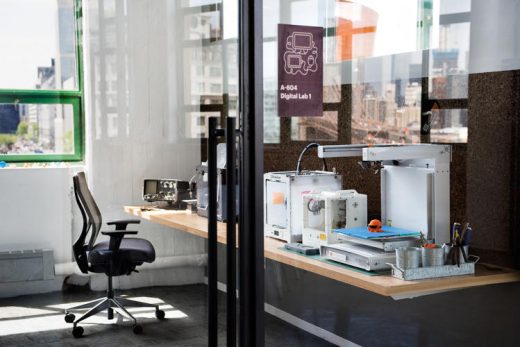Etsy’s New Ultra-Sustainable Headquarters Is Filled With Local, Handmade Furniture
It’s not surprising that someone working at Etsy might have a handcrafted desk, surrounded by giant handmade lamps, macramé art, or felt typewriters—all made by Etsy sellers, naturally. But when the craft giant moved into a new headquarters, it took things further: All of the handmade furnishings are now also as sustainable as possible, part of a massive effort to improve the office’s environmental footprint.
The office, in Brooklyn’s DUMBO neighborhood, will run on local solar power, partly coming from the building’s own roof, and partly from larger arrays a few miles away in Brownsville. (Etsy is also helping its sellers get their own solar panels at a discount as a way to reduce the company’s total carbon footprint).
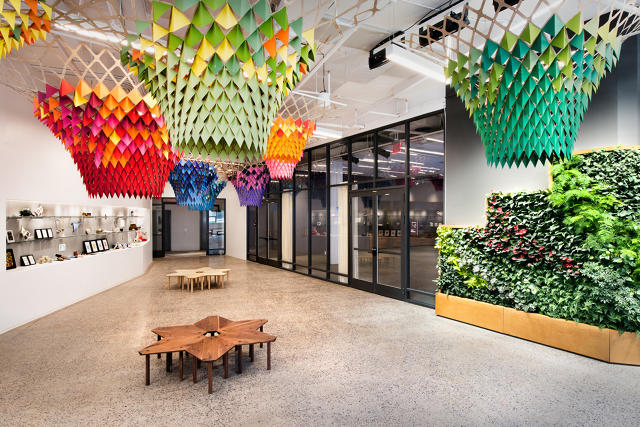
During construction, more than 95% of the waste generated was kept out of landfills. The office has bike parking and showers. Plants are irrigated from a rainwater collection system on the roof. But when the company decided to go for a Living Buildings Challenge Petal certification—an incredibly strict sustainability standard for buildings—they chose to focus on the standard’s “materials” petal.
“We wanted to find a sustainability strategy that was aligned with the unique role that Etsy plays in commerce, and the model of production that Etsy sellers and our marketplace represent,” says Devon Leahy, Etsy’s director of sustainability and social innovation. “A lot of that is really based in craft, in materiality, in qualities that come with these time-honored traditions of making.”
Though some furniture, like ergonomic office chairs, comes from larger manufacturers, about half of the furnishings are locally handmade. Etsy worked with every vendor to make sure they could meet the strict sustainability criteria outlined by the Living Buildings Challenge.
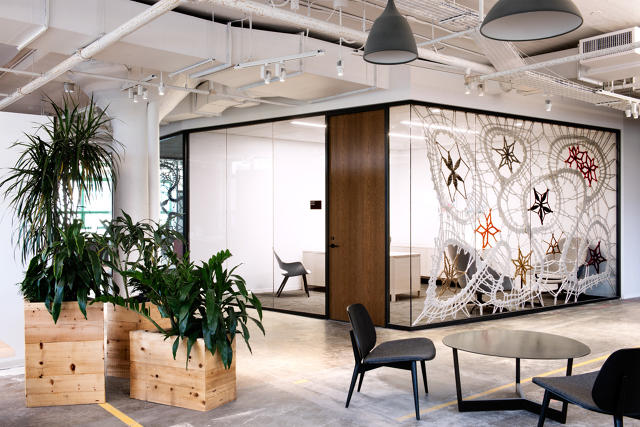
“We didn’t have a lot of guidance for how this would work for a small-scale maker,” Leahy says. “So how do you navigate things like FSC [Forest Stewardship Council] chain of custody certification for a sole proprietor? We had to figure this out. This project essentially answered a lot of those questions for makers at this scale.”
Etsy brought makers together with the Forest Stewardship Council and the organization that administers the Living Building Challenge to figure out how to make it work—everything locally handmade, with responsibly sourced materials, and safe and healthy finishes.
So far, 1,800 products have been vetted against the organizations’s Red List of unsafe materials. “Each one of those items represents a conversation with a manufacturer or maker and potentially a lightbulb moment for those makers and manufacturers,” she says. “Where in many cases, the majority of cases, it’s the first time someone has asked them to fully disclose and be transparent around the materials that they’re using.”
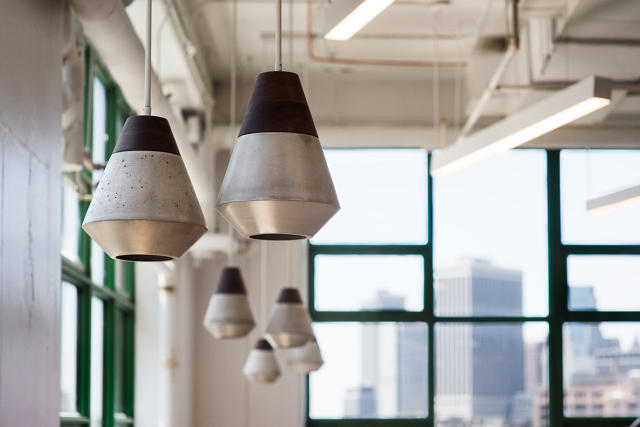
For something such as office chairs—often made with halogenated, brominated flame retardants—Etsy thinks that these conversations with manufacturers may help push the industry into using safer materials.
“The industry needs that dialogue,” Leahy says. “They need purchasers like Etsy to really push change there. I feel like that’s been such a fulfilling part of working on this—making those conversations happen. Change does start with a phone call, in some ways. As simple as that sounds.”
Have something to say about this article? You can email us and let us know. If it’s interesting and thoughtful, we may publish your response.
All Photos: courtesy Emily Andrews
The company’s office, in Brooklyn’s DUMBO neighborhood, will run on local solar power, partly coming from the building’s own roof.
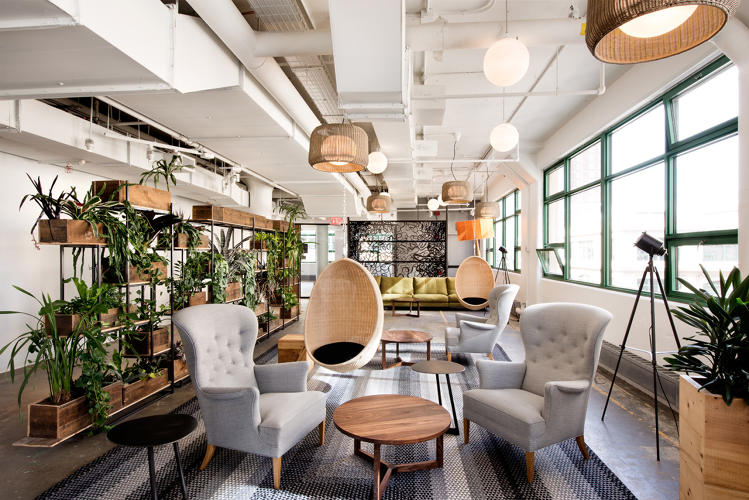
During construction, more than 95% of the waste generated was kept out of landfills.

The office has bike parking and showers.
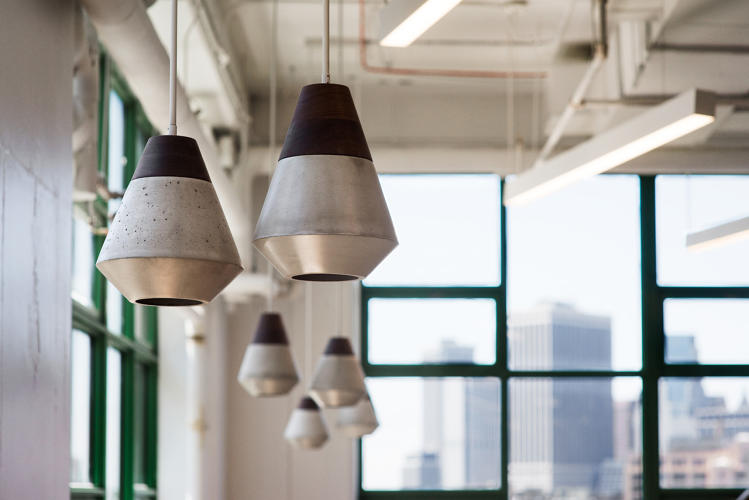
Plants are irrigated from a rainwater collection system on the roof.
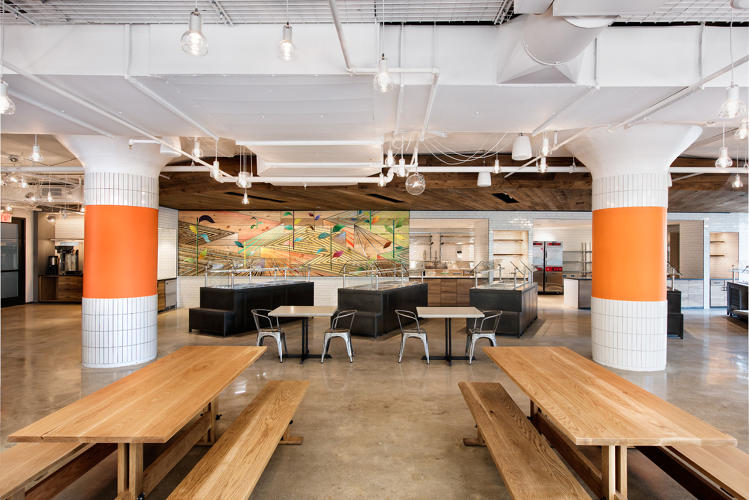
Though some furniture, like ergonomic office chairs, comes from larger manufacturers, about half of the furnishings are locally handmade.
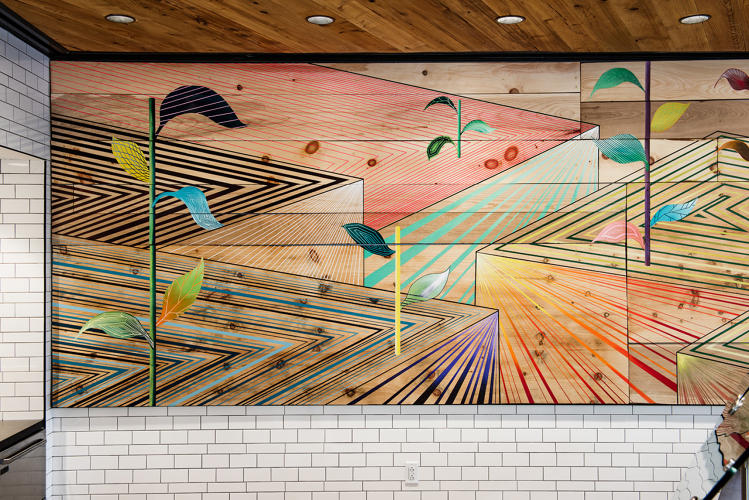
Etsy worked with every vendor to make sure they could meet the strict sustainability criteria outlined by the Living Buildings Challenge.
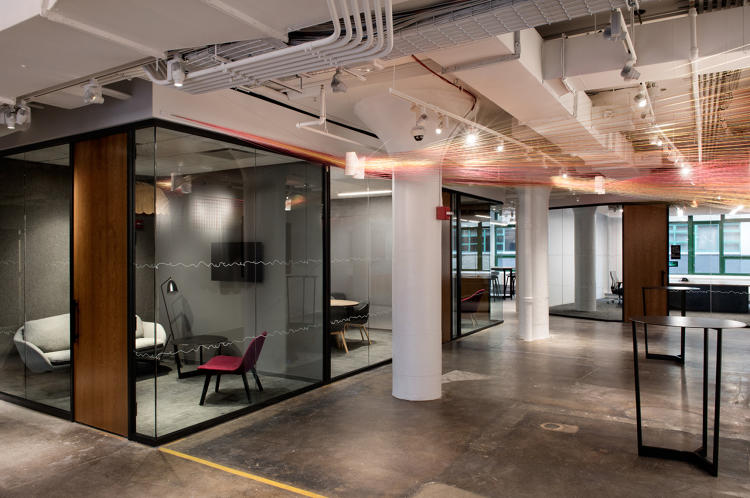
Etsy brought makers together with the Forest Stewardship Council and the organization that administers the Living Building Challenge.
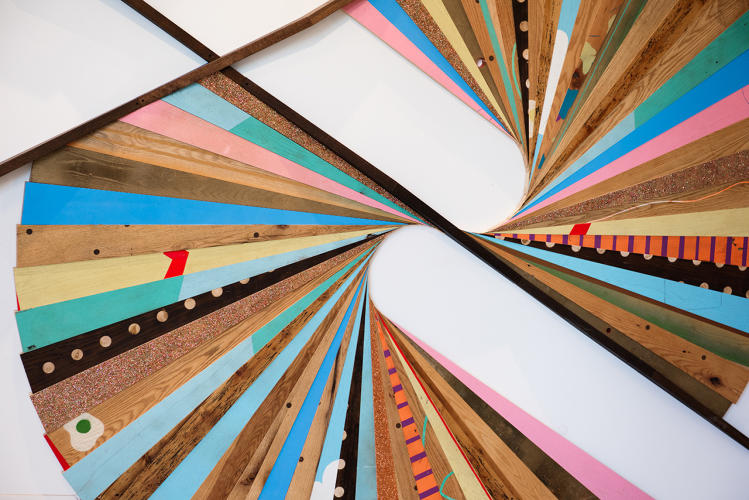
So far, 1,800 products have been vetted against the organizations’s Red List of unsafe materials.
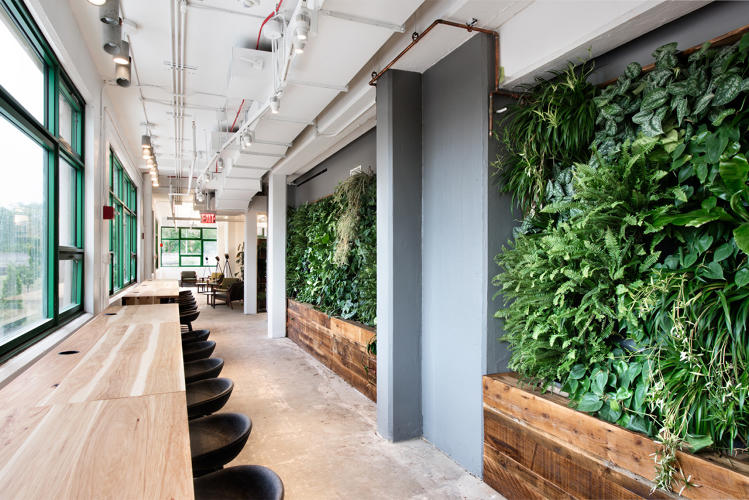
For something such as office chairs, Etsy thinks that these conversations with manufacturers may help push the industry into using safer materials.
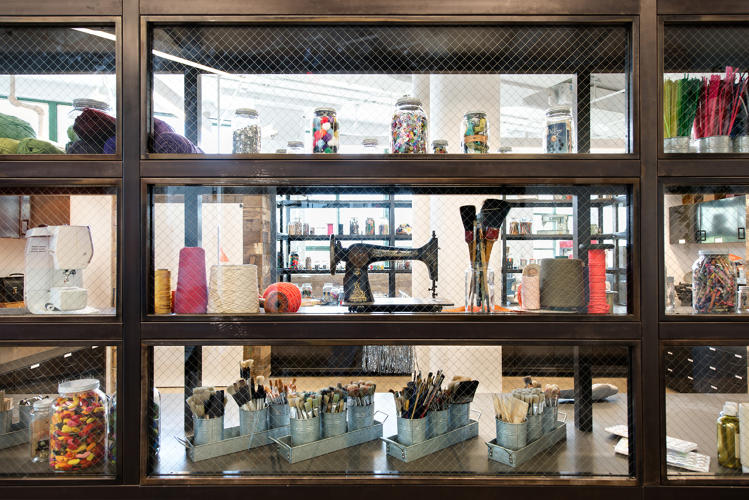
Keep scrolling for an inside peak into Etsy’s offices.
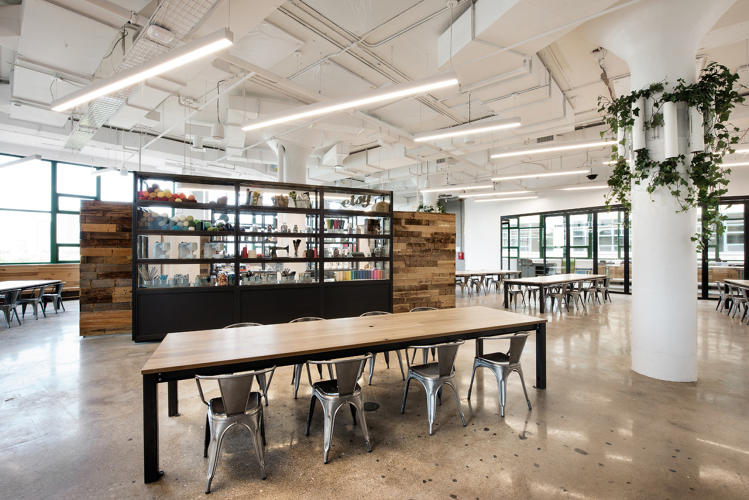

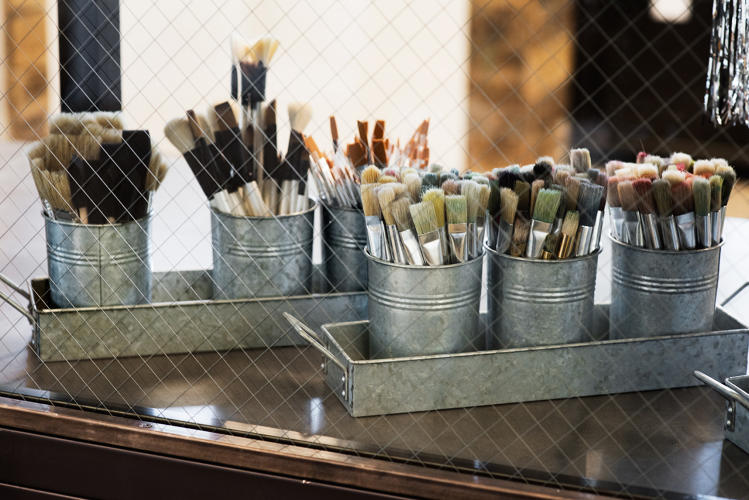
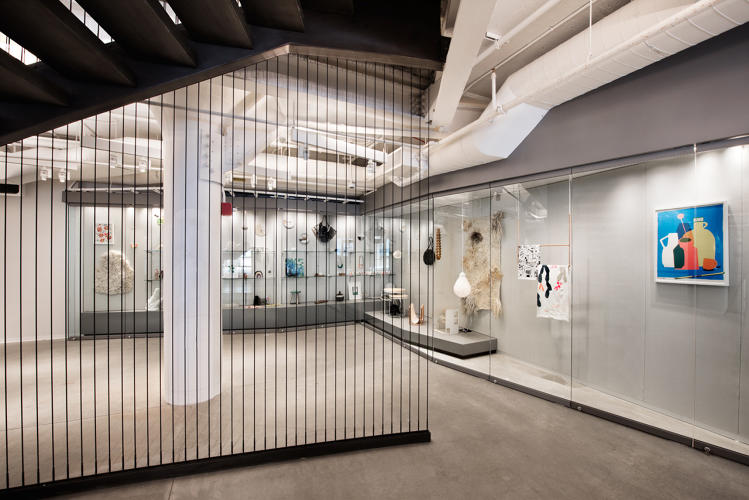
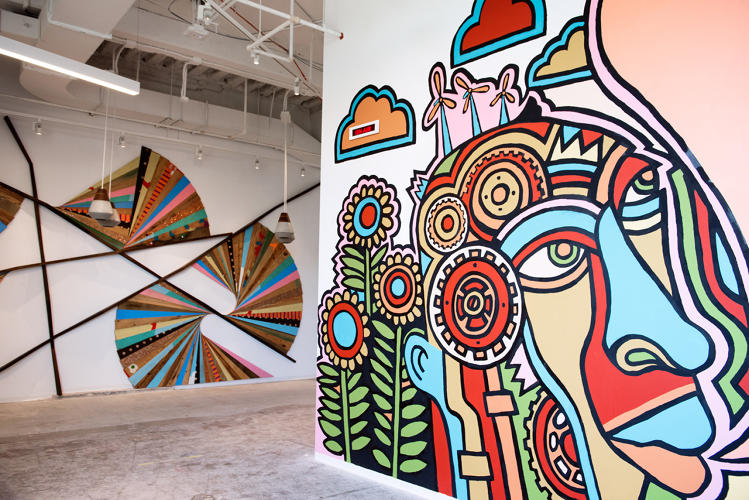

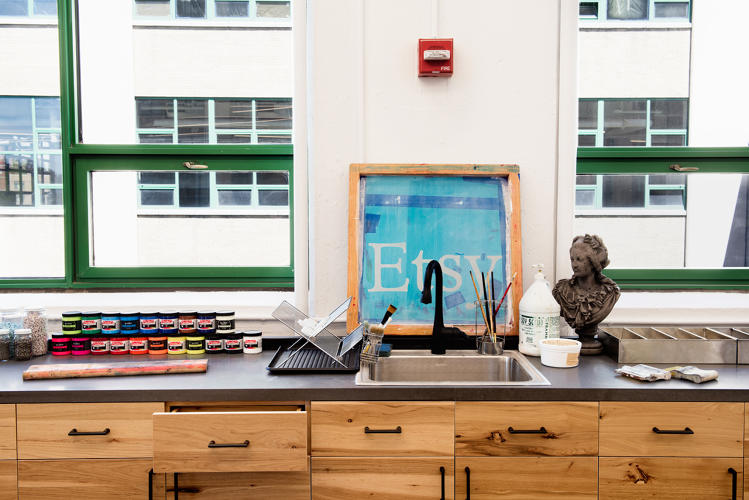

Fast Company , Read Full Story
(33)

